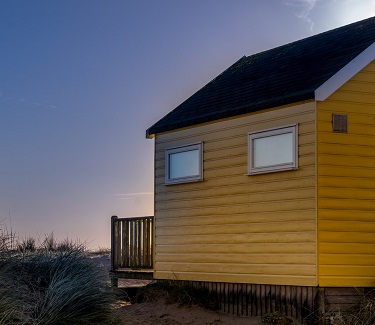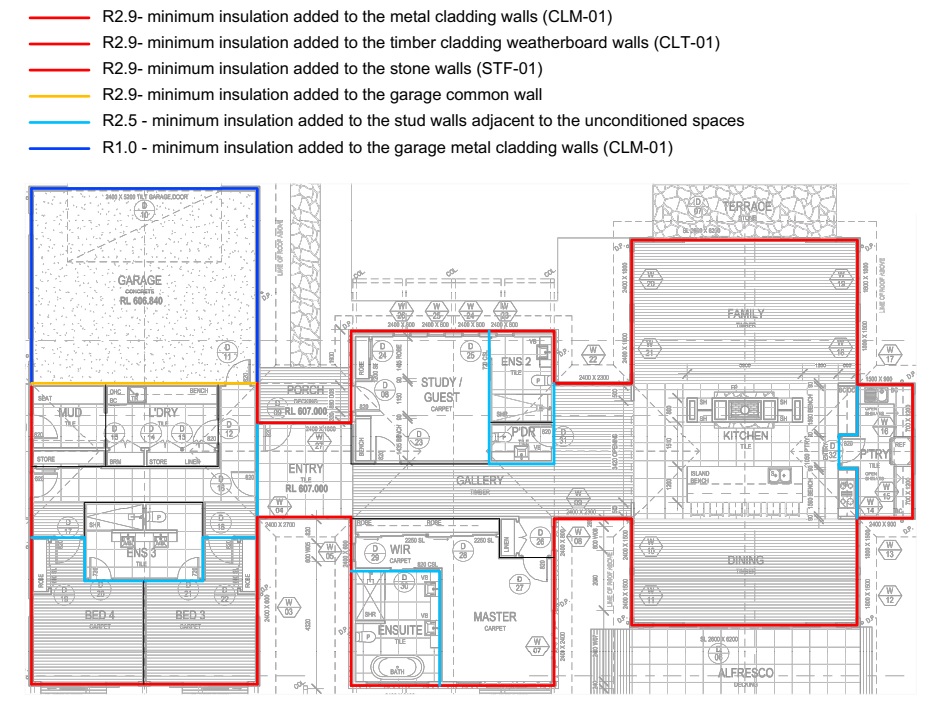Residential DtS Report
Residential Deemed To Satisfy (DTS) energy report is a list of minimum insulation values of roofs, walls and floors, and minimum thermal performance requirements for glazing and roof lights required by the National Construction Code (NCC). It is simple, low-cost, and can usually be delivered in a single business day. DtS compliance is based on National Construction Code (NCC) energy efficiency requirements. This method is prescriptive, which means it has to be applied to your building regardless of any limitations that your building may have. Find out more on this page:

RESIDENTIAL DEEMED TO SATISFY (DTS) ENERGY REPORT
Residential Deemed To Satisfy (DTS) energy report is a list of minimum insulation values of roofs, walls, floors and glazing allowances. It is simple, low cost, and can usually be delivered in a single business day. DTS energy requirements are based on National Construction Code (NCC) Section 3.12 and it is prescriptive, which means it has to be applied to your building regardless of any limitations that your building may have.

What is Residential DtS Compliance?
Residential DtS compliance report provides a list of prescriptive insulation values and thermal properties for single dwelling houses that use common construction materials and methods.
The Section 3.12- DtS report is an elemental provision including the minimum Total R-Values of roofs, walls and floors, the glazing allowances and the air movement requirements.
It is simple, low cost, and can usually be delivered in a single business day. However, there are some limitations to DtS that we discuss on this page.
At Energy Compliance, we offer all avenues to demonstrate your building compliance under any conditions.
What is covered in a DtS compliance report?
Australia’s building code seeks to minimize the energy demand of residential built spaces to minimize their carbon footprint.
The core of a Section 3.12 report, is a short table that outlines the minimum applicable thermal performance parameters – mainly to the building fabric and building services. This information is the minimum required for energy compliance. At Energy Compliance, we also illustrate the location and value of the added insulation required to make sure there is no communication error between the design and construction team.
Section 3.12 of the National Construction Code (NCC) Volume 2, or as it was formerly known, the Building Code of Australia (BCA), applies to all residential buildings (Class 1 and Class 10). NCC Deemed To Satisfy (DTS) energy efficiency requirements take into account the following:
| Criteria | Reference |
|---|---|
| Roof and Ceiling construction Roof lights Walls and glazing Floors | Part 3.12.1 |
| External glazing | Part 3.12.2 |
| Building sealing | Part 3.12.3 |
| Air movement | Part 3.12.4 |
| Services | Part 3.12.5 |
Why choose Energy Compliance as your energy assessor?
At Energy Compliance Consultants, we conduct Part 3.12 residential or Section J commercial DTS reports. Our goal is to provide a quick, high-quality and professional service that is council-ready and is realistic and cost-effective. For that, we offer a professional service guarantee.
Service Guarantee: If we can’t reduce your construction costs by more than the value of our service fee, and you decide not to use our report, then you won’t have to pay the remainder of our invoice.
Residential DtS Compliance Process
If we get all the information we need from our client, we are able to finish the DTS report in a single business day. The following shows this process.
We provide a quotation | The client accepts the quote | We discuss the client’s energy targets and limitations | We conduct a draft report | Client reviews report, and we discuss any alterations to the report | The final report is issued | Payment is made. |
|---|---|---|---|---|---|---|
| 2 hours | – | 1 hour | 1-2 business days | 1 business day | 1 business day | – |
Why Do We Illustrate the Location and the Type of Insulation?
At Energy Compliance Consultants, we put time to illustrate the added insulation to all sections of the building. This way, the building construction and planning team can make sure that there is no miscommunication between parties. In the following, some sample illustrations from our everyday reports are shown.





Pros of DtS Compliance Pathway
- Low cost: DtS energy compliance report cost the least between different energy compliance avenues.
- Fast to obtain: DtS energy compliance report can be delivered in a single day.
- Easy to follow: Any person can refer to the National Construction Code and read/understand the minimum energy requirements
At Energy Compliance Consultants, we always recommend the DtS solution as a first option as it is low cost, fast and most of the time-efficient.
Cons of DtS Compliance Pathway
- Deemed To Satisfy result in a more expensive glazing solution.
- It is prescriptive and very strict and no change is allowed to be made regardless of any limitations that your building may have.
- If your council demands proof of sufficient natural light access through daylight modelling, a VURB assessment would be more cost-effective as a little modification to the VURB model can make a daylighting model.
Glazing requirements under DTS is always the most expensive glazing option. This is due to the fact DTS glazing calculator only looks at glazing as an individual item and doesn’t consider the holistic performance of the entire building. This results in very expensive glazing requirements that doesn’t necessarily mean better overall energy performance at a similar cost.
For instance, under DtS for residential, you might be required to have very expensive windows with an average U-value of below U2.0. Under the DTS energy compliance pathway, you commit to follow the NCC minimum requirements and you cannot skip any of its requirements.
What Are Alternatives to DTS Compliance Pathway?
NCC offers an alternative Energy Compliance method that considers holistic building performance. This importantly allows us to consider the interaction between all the different parts of the building fabric, and to improve some parts by assigning alternative, lower-cost DTS thermal performance requirements to the rest of the building.
NCC allows utilising a simple modelling method, NatHERS star rating or the performance-based Verification Using Reference Building (VURB) method.
NatHERS star rating is recommended for small and medium-size houses.
VURB is recommended for high-end houses, with a large footprint, high raked ceilings and high glazing area. This method essentially provides flexibility in how to achieve Energy Compliance and reduce construction costs.
It is worth noting that for a commercial building, there are also several alternative energy compliance pathway like JV2 modelling, JV3 modelling and NABERS.

Who needs a residential DtS energy report?
All new buildings and major renovation/extension require construction to the minimum energy efficiency standards in the National Construction Code. For renovation/extension bigger than a threshold specified by different states, the whole house should also be brought up to the current standards. As a first step in energy compliance, you will need to obtain a report (such as Section 3.12 Volume 1 – Deemed to Satisfy Report) demonstrating compliance to the National construction code.
A Section J compliance report is part of the documentation required when applying for a building permit. The report is used by the building surveyor to satisfy your local council requirements.
Who can deliver a DtS report?
You can do it yourself, or get a qualified mechanical engineer with similar experience background to produce a residential DTS report. Highly qualified mechanical engineers with an in-depth understanding of building services and building materials, with experience in the NCC, are the people who can best identify energy cost-saving opportunities and reduce construction costs while satisfying energy compliance requirements.
For the purpose of the ESD reports and also lower glazing and insulation costs, we often redirect our clients to the more effective ways of achieving energy compliance with methods like VURB. Some projects from our past experience is presented below:
